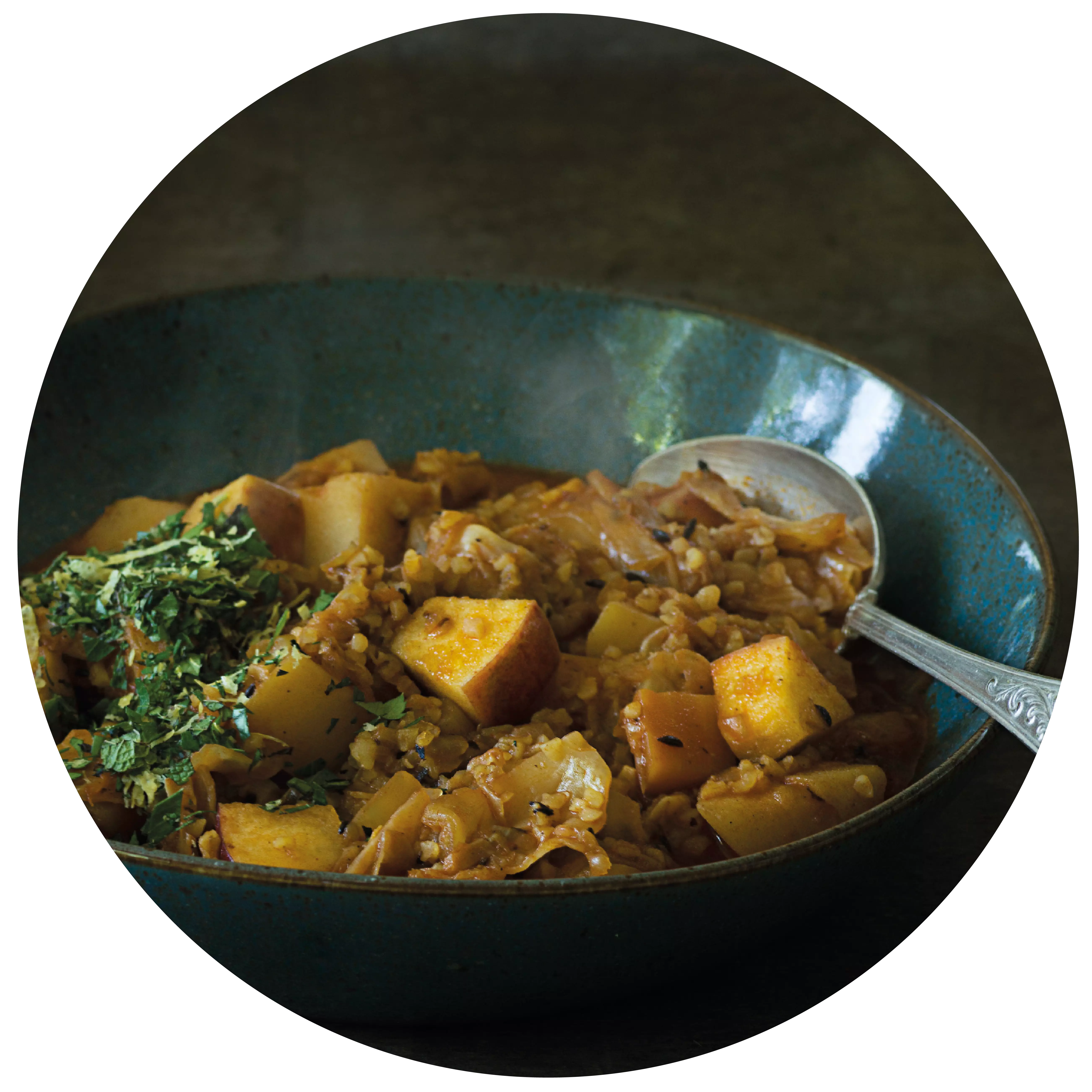Spätburgunder / Pinot Noir

In Germany, the Spätburgunder (Pinot Noir) is to red wine what the Riesling is to white wine: the cream of the crop.
Facts
-
11.512 ha
Planted vineyard area in 2022
-
11 %
Planted vineyard area in Germany
-
64 %
Pinot Noir vineyards in the Ahr wine region
Cultivation and significance
Demanding in terms of soil, climate and weather conditions, Pinot Noir is the number one red grape variety in Germany. In Germany, around 11,512 hectares (2022) of vineyards are planted with the Pinot Noir variety, which corresponds to around 11 per cent of the total vineyard area. Winegrowers and consumers are increasingly favouring the variety. Since the beginning of the 1990s, the area planted with Pinot Noir has grown by more than 5,000 hectares. Most of the vines of this variety are in Baden (5,088 hectares) - with a focus on the Kaiserstuhl. The Palatinate (1,712 ha), Rheinhessen (1,490 ha), Württemberg (1,309 ha), the Rheingau (395 ha) and the Ahr (340 ha) are also among the most important areas for growing Pinot Noir.
Vinification and flavour
Pinot Noir wines taste full-bodied and velvety, with a fruity flavour and hints of almond. The typical Pinot Noir has a slightly sweetish aroma of red fruit, from strawberry to cherry and blackberry to blackcurrant. Barrique wines also have hints of vanilla and cinnamon. A distinction is made between the classic and the modern type. Traditionally, the best Pinot Noirs were made from very ripe grapes, were not very colourful, mild, low in tannins and reddish-red in colour. In addition to this classic type, the modern Pinot Noir with a strong red colour, more tannin, less acidity and often a short ageing period in small oak barrels is becoming increasingly important.
Pinot Noir red wines are ideal for the cooler months of the year. They are drunk chilled to 16 to 18 degrees. Full-bodied varieties are best served with roasts, game or a cheese platter. Weißherbst goes well with starters and white meat, and in Auslese quality also as an aperitif.
History
The Pinot Noir grape variety belongs to the Burgundy family. It is probably one of the earliest varieties to be selected from the wild vines in western Central Europe. Charles the Fat brought the variety to Lake Constance in 884. It was planted in the Rheingau in the 13th century. In the 16th century, it was probably also planted in the Palatinate. In the 18th century, the variety is said to have travelled from Burgundy to the Ahr. The variety experienced a boom 150 years ago with the expansion of sparkling wine production, for which pure Burgundy vineyards were planted. The terms "Pinot Noir" and, in parts of Baden, "Klevner" are used as synonyms.
At a glance
Most important red wine variety in Germany
High demands on location and climate
Aroma: blackberries, cherries, strawberries, elderberries, pepper
Flavour: classic vinification: mild, low in tannins; modern vinification: full-bodied and rich in tannins, full-bodied
What is the traditional style of German Pinot Noir?
The traditional style of German Pinot Noir (Spätburgunder) is lighter in colour, body and tannic acidity than its counterparts from warmer climates.
with bulgur Cabbage stew
with bulgur
- 200 Gramm Zwiebeln
- 1 ganze Knoblauchzehe
- 800 Gramm Spitzkohl
- 200 Gramm Möhren
- 400 Gramm festk. Kartoffeln
- 1 EL Kümmelsaat
- 1,5 Liter Gemüsefond
- 5 EL Olivenöl
- 2 EL Tomatenmark
- 2 EL edelsüßes Paprikapulver
- 3 TL Honig
- nach Belieben Salz & Pfeffer
- 120 Gramm grobe Bulgur
- 1 Bund Petersilie
- 4 Stiele Minze
- 1 ganze Zitrone
- 2 ganze Äpfel
- 3 EL Obstessig
Finely dice the onions and garlic. Clean, wash and quarter the cabbage, remove the stalk and roughly chop the cabbage quarters. Peel the carrots, halve lengthways and cut into approx. 2 cm wide pieces. Peel the potatoes and cut into approx. 2.5 cm pieces. Fry the carrots in a pan without fat and set aside.
Heat the vegetable stock in a small pan. Heat 3 tablespoons of oil in a large pan, sauté the cabbage in it for 10-15 minutes over a high heat until dark brown and remove from the pan.
Add the remaining oil to the pan. Fry the onions and garlic until translucent. Add the potatoes and muesli and sauté for 3-4 minutes, stirring constantly. Add the tomato purée and paprika powder and fry while stirring. Add the cabbage, honey and caraway and pour in the hot vegetable stock. Season with salt and pepper. Bring to the boil, cover and simmer for 45 minutes. Add the bulgur 20 minutes before the end of the cooking time.
Quarter the apples, remove the seeds, cut into approx. 1 cm cubes and add 10 minutes before the end of the cooking time. Pluck the herbs and chop medium-fine. Wash and dry the lemon, finely grate the zest and mix with the herbs. Flavour the stew with vinegar, salt and pepper and serve sprinkled with the herbs.
Tip: The pointed cabbage must be roasted really strongly and dark so that the aromas come out well.
- Spätburgunder / Pinot Noir (trocken)
- Trollinger (trocken)





